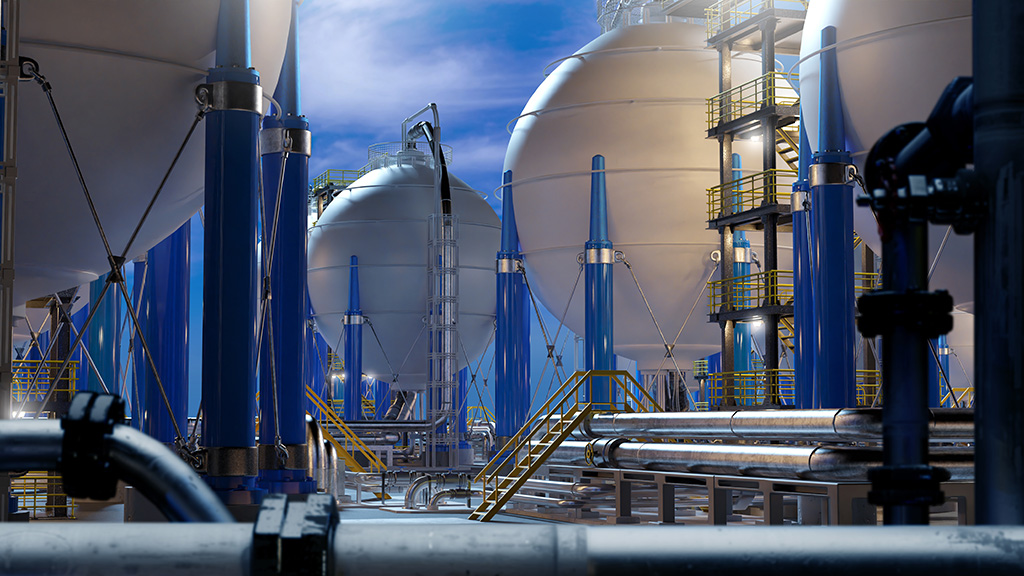The global energy transition is swiftly moving forward, with industries attempting to shift focus from fossil fuels to renewables. Hydrogen power systems are a new clean energy resource that can be paired with existing technologies to improve sustainability.
Compared to fossil fuels, green hydrogen releases water vapor as a byproduct and decreases NOx (nitrogen oxide) emissions by around 90%. Green hydrogen has the potential to be utilized in transportation, construction, and other industries as costs decline and production capacity rises.
Currently, different types of hydrogen are used industrially. According to Bloomberg New Energy Finance (BNEF), blue hydrogen is created from fossil fuels combined with carbon capture and storage (or sequestration) and used to generate heat and electricity through hydrogen fuel cells.
Other hue-coded types include gray and green hydrogen, with the gray variety produced almost entirely from coal or natural gas and utilized to refine oil and make fertilizers.
Emission-free green hydrogen is manufactured by splitting water atoms (i.e., separating hydrogen from oxygen through a process known as electrolysis) using renewable electric power sources.
BNEF predicts that the U.S., Europe, and China will supply 80% of the world’s hydrogen by the end of the current decade. However, this will depend on government subsidies, tax credits, and the speed of technological development. The annual hydrogen supply in the three markets is anticipated to increase thirty times to 16.4 million tons by 2030.
The global demand for all forms of hydrogen is expected to triple by 2050, with industries including construction, transportation, metallurgy, and others adopting the new technology.
US fuel cell manufacturing is expected to grow rapidly in the long term, reaching an estimated valuation of USD 9.78 billion by 2032.
This expansion will be driven by an increasing demand for a stable energy supply, carbon reduction, and growing corporate commitments to the use of clean and sustainable energy. Progress is already apparent through the robust growth of such leading U.S. hydrogen companies as Plug Power, Bloom Energy, and FuelCell Energy.
Between 2024 and 2032, BNEF expects the U.S. to produce 37% of global emission-free hydrogen, with Europe contributing 24%, and China 19%. Most of Europe’s manufacturing will occur in the U.K., the Netherlands, Spain, and Portugal.
By 2030, the EU plans to produce 10 million tons of renewable hydrogen. Achieving this goal will require the construction of large-scale electrolysis plants and hydrogen hubs. Overall, the global production of green hydrogen is anticipated to reach 150 GWs by 2030 (or 63,750 tons per day).
While the green hydrogen market has outstanding growth potential, there are also obstacles to be overcome including high production costs, inadequate distribution and storage infrastructure, and unpredictable regulations. To surmount these hurdles, governments will need to further bolster demand incentives, raise carbon costs, and subsidize the construction of hydrogen storage and transportation facilities.
Capital-intensive investment in hydrogen production is being held back by limited demand during the present decade. Only 12% of the clean hydrogen scheduled to be produced by 2030 has found customers, with just 10% of production volumes sold tied to legally binding contracts.
Green hydrogen is poised to play a critical role in the global energy landscape by boosting economic growth and fostering sustainability. Though the production and demand for hydrogen are expected to rise significantly, obstacles remain. World governments and industry players must cooperate to increase the industrial production of hydrogen and develop the marketplace despite high production costs, underdeveloped infrastructure, and regulatory roadblocks.
Doors are also opening for technological innovation and more hydrogen-related infrastructure development. Construction of more large-scale hydrogen projects globally is a clear prospect.
Dmytro Konovalov has over 10 years of experience in equity research and analysis for global markets at leading international financial institutions.






Recent Comments